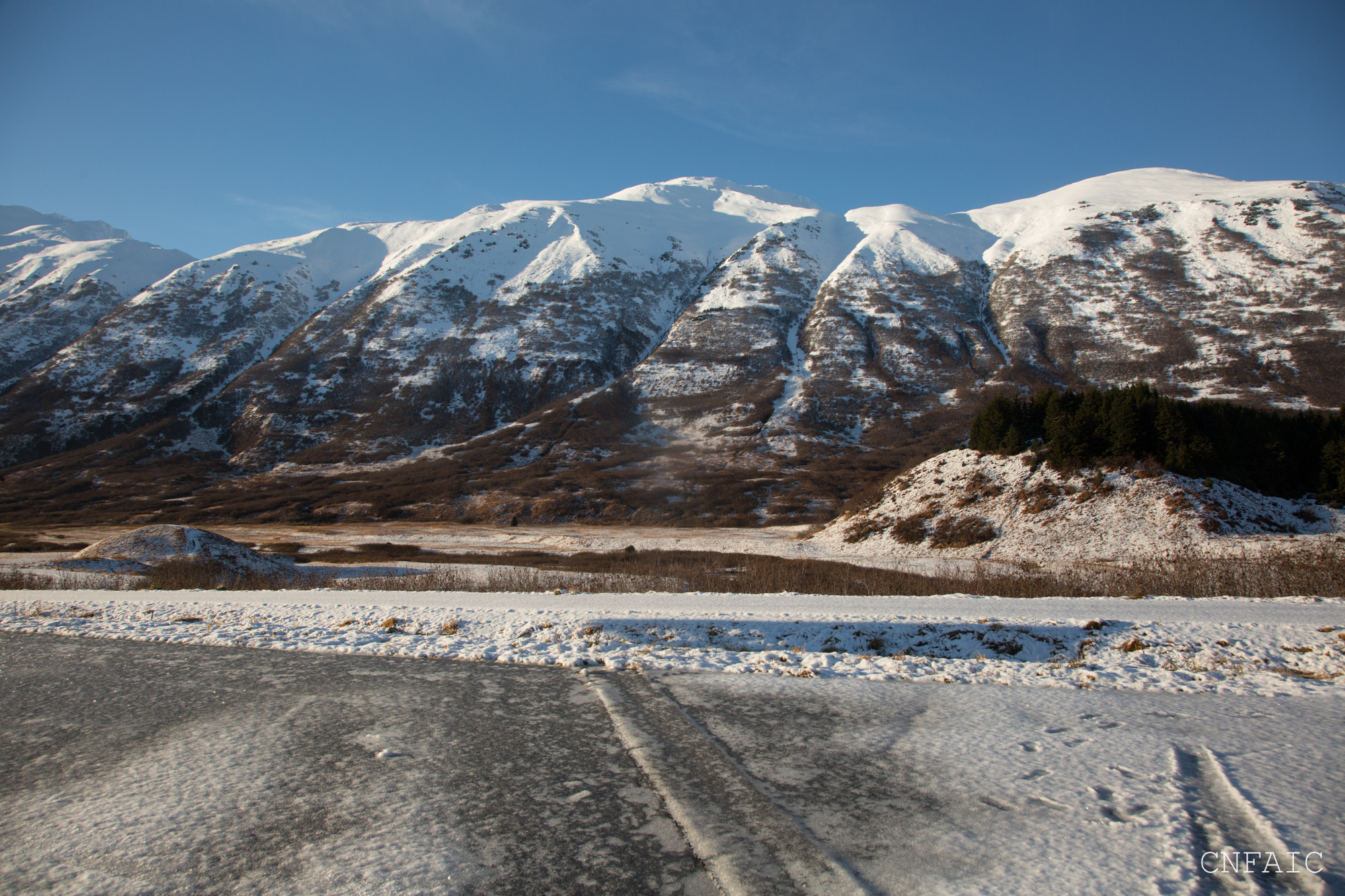Turnagain Pass
|
|
Temperatures are finally getting cooler and a dusting of white stuff has made it as low at 1000′ in Turnagain Pass. A few folks have been hiking into the alpine, but very thin snow cover and early season hazards exist in the mid and upper elevations. We are getting excited for the season and will be in the field over the next few days. Stayed tuned for a more detailed snowpack update on Saturday morning (Nov.19).
Today’s educational theme is GET OUT OF HARMS WAY and it’s the fifth of the five GETS! Know Before You Go video link.
The overall goals of Know Before You Go are being prepared, educated and having a strategy for traveling in avalanche terrain. Always match your terrain choice to the current avalanche conditions. If the avalanche conditions are too dangerous don’t go into avalanche terrain. On days when the conditions are less dangerous, you must know how to identify high consequence terrain and maintain a safe distance. Most avalanche accidents occur on(or beneath) slopes with a steepness between 30 – 45 degrees, therefore it is crucial be able to evaluate slope angles in order to move through the terrain safely. This is another reason to take an avalanche course.
Always practice safe travel rituals. Minimize exposure by identifying safe zones and traveling one at a time in avalanche terrain. This requires good communication and spotting your partners while they travel to/from these islands of safety. For snowmachiners this can be extra challenging due to much faster speeds and greater distances. Discuss your route with your partners and always regroup in designated safe zones, well away from slopes that can avalanche. Remember even small slopes can have deadly consequences.

*Be aware of summer use trails that may have an avalanche hazards above. Places like Crow Pass Trail in Girdwood, Byron Trail in Portage and Flattop in Anchorage are examples of popular summer trails that cross through avalanche terrain. In the winter months it is best to avoid these places unless you have appropriate rescue gear and avalanche training. Below is a photo of three people hiking on Crow Pass Trail on Sunday Nov.13.



